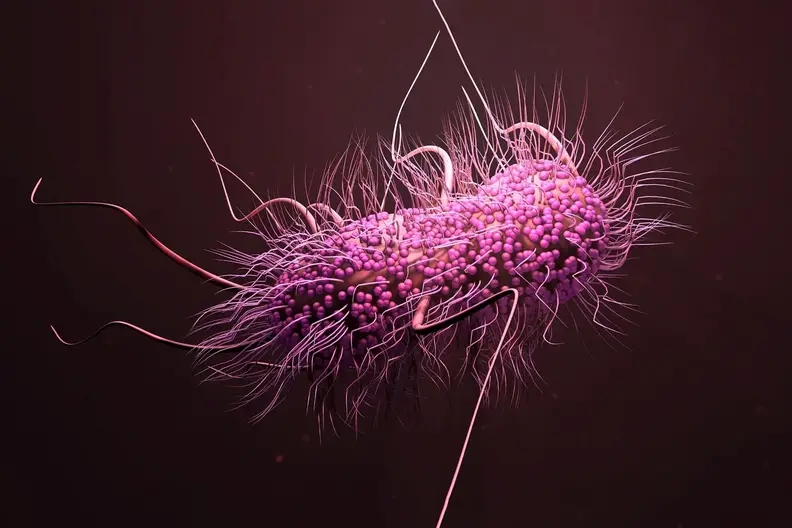In a bid to tackle the rising threat of superbugs and antimicrobial resistance (AMR), the UN has released a groundbreaking report that emphasizes the need for global action to reduce pollution and drive behavior change.
The comprehensive report titled “Bracing for Superbugs: Strengthening Environmental Action in the One Health Response to Antimicrobial Resistance” was co-authored by Professor David W Graham from Newcastle University. Launched during the Sixth Meeting of the Global Leaders Group on Antimicrobial Resistance AMR in Barbados on Feb 7 and 8, the report underscores the urgent need to address pollution caused by human, animal, pharmaceutical, agricultural, and healthcare wastes. This environmental pollution is closely linked to the emergence, transmission, and proliferation of superbugs.
Antimicrobial resistance poses a grave threat to global health, with approximately 1.27 million deaths attributed to drug-resistant infections in 2019, and nearly 4.95 million deaths worldwide associated with bacterial AMR. If left unchecked, experts predict that up to 10 million deaths could occur annually by 2050 due to AMR.
The report identifies the triple planetary crisis of climate change, biodiversity loss, and pollution as significant contributors to the rise of superbugs. It asserts that these crises are driven by unsustainable consumption and production patterns, necessitating behavioral changes and increased investment in cross-sectoral solutions.
Key findings of the report include:
- Economic Toll: AMR’s economic impact could lead to an annual GDP drop of at least USD 3.4 trillion by 2030, potentially plunging 24 million more people into extreme poverty.
- Holistic Approach: The report advocates a holistic approach named “One Health,” highlighting the interconnectedness of human, animal, and environmental health. It stresses that curbing AMR across all sectors simultaneously is crucial to reducing its prevalence.
- Environmental Centrality: The environment plays a central role in the transmission and spread of AMR, both within and between human and animal health sectors.
The report presents vital recommendations to curb the spread of superbugs:
- Governance and Coordination: Establish robust national governance frameworks and coordination mechanisms to address AMR effectively.
- Water Management: Increase global efforts in integrated water management and promote water, sanitation, and hygiene practices to limit AMR development and transmission.
- Environmental Integration: Incorporate environmental considerations into AMR National Action Plans and vice versa.
- Microbiological Indicators: Develop international standards for effective microbiological indicators of AMR from environmental samples.
- Innovative Financing: Explore innovative financial incentives and redirect investments to secure sustainable funding for combating AMR.
- Research and Surveillance: Prioritize environmental monitoring, surveillance, and research to gather data and evidence for targeted interventions.
Inger Andersen, the Executive Director of the UN Environment Programme (UNEP), emphasized that addressing AMR is not just a health or environmental concern but also an equity issue. She highlighted the economic implications of AMR and underscored the collective responsibility of every sector to minimize antimicrobial-laced waste discharge into the environment.
The UN report sets a decisive path forward, urging governments, industries, and individuals to take immediate action to mitigate the threat posed by superbugs and antimicrobial resistance.

Leave a comment